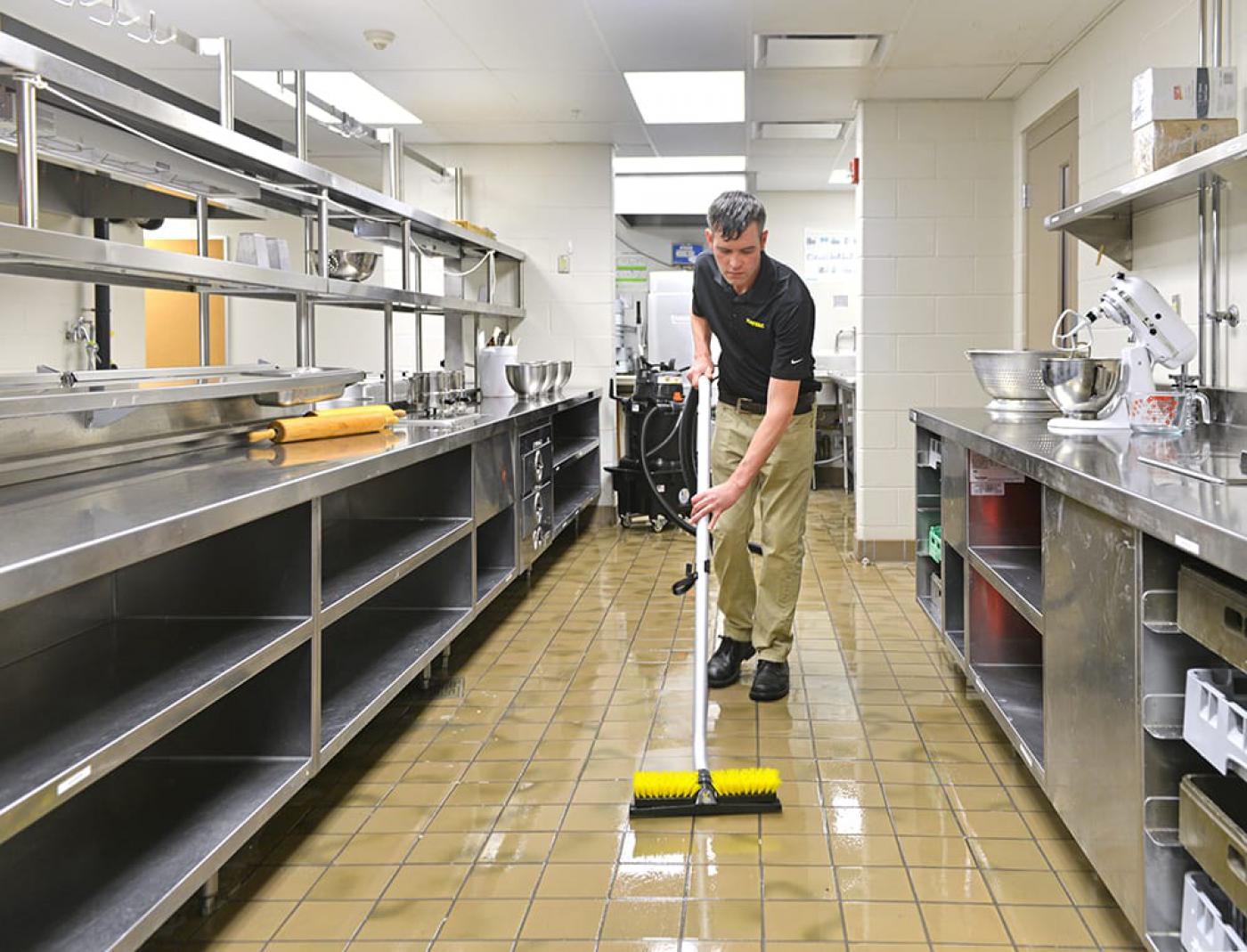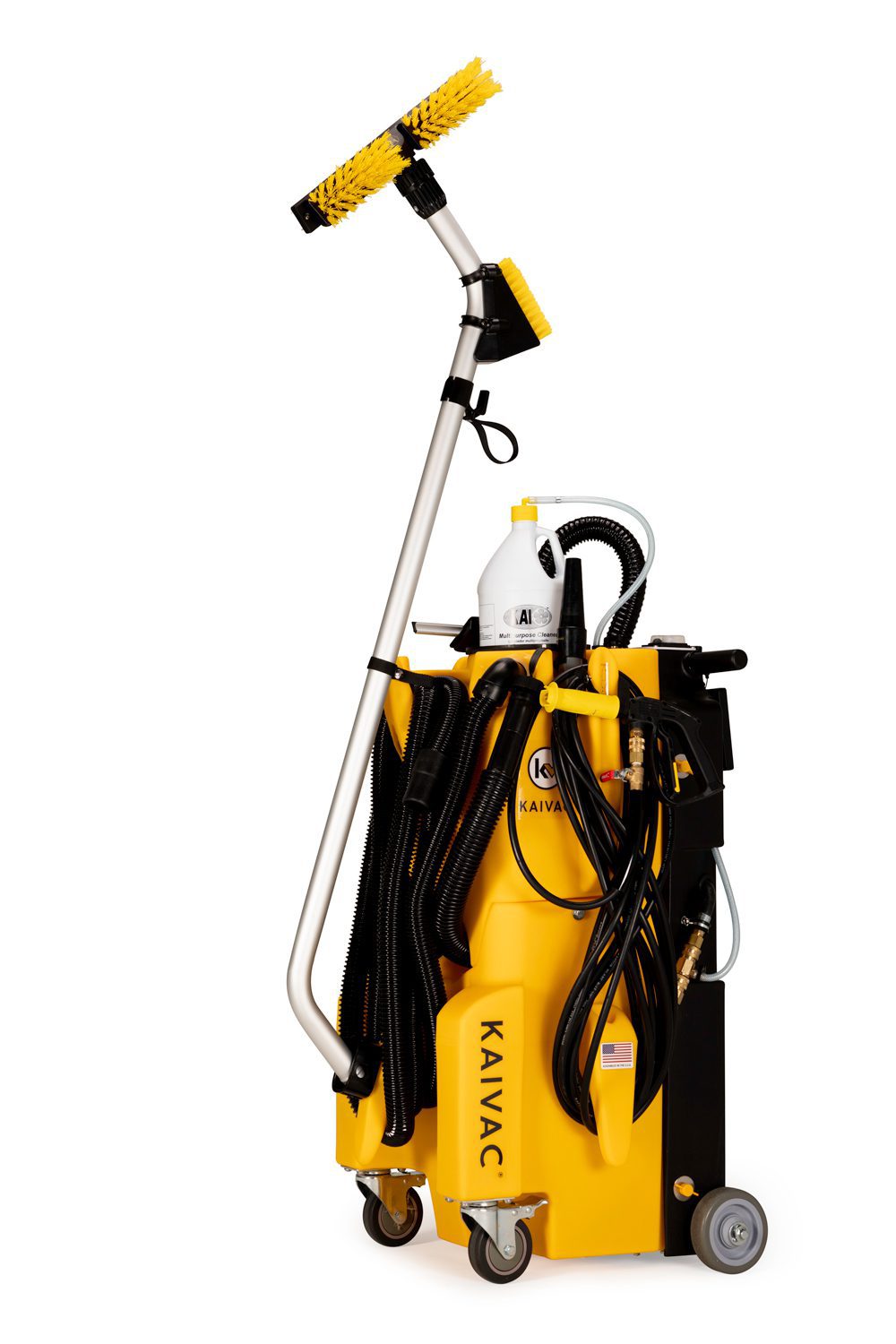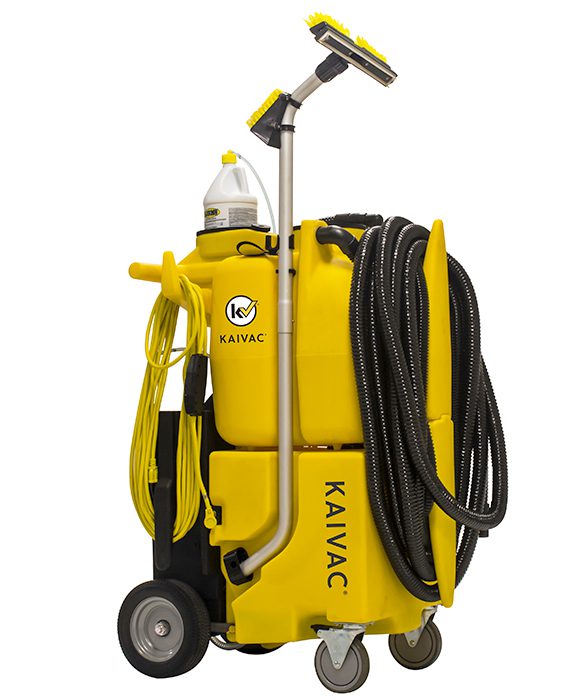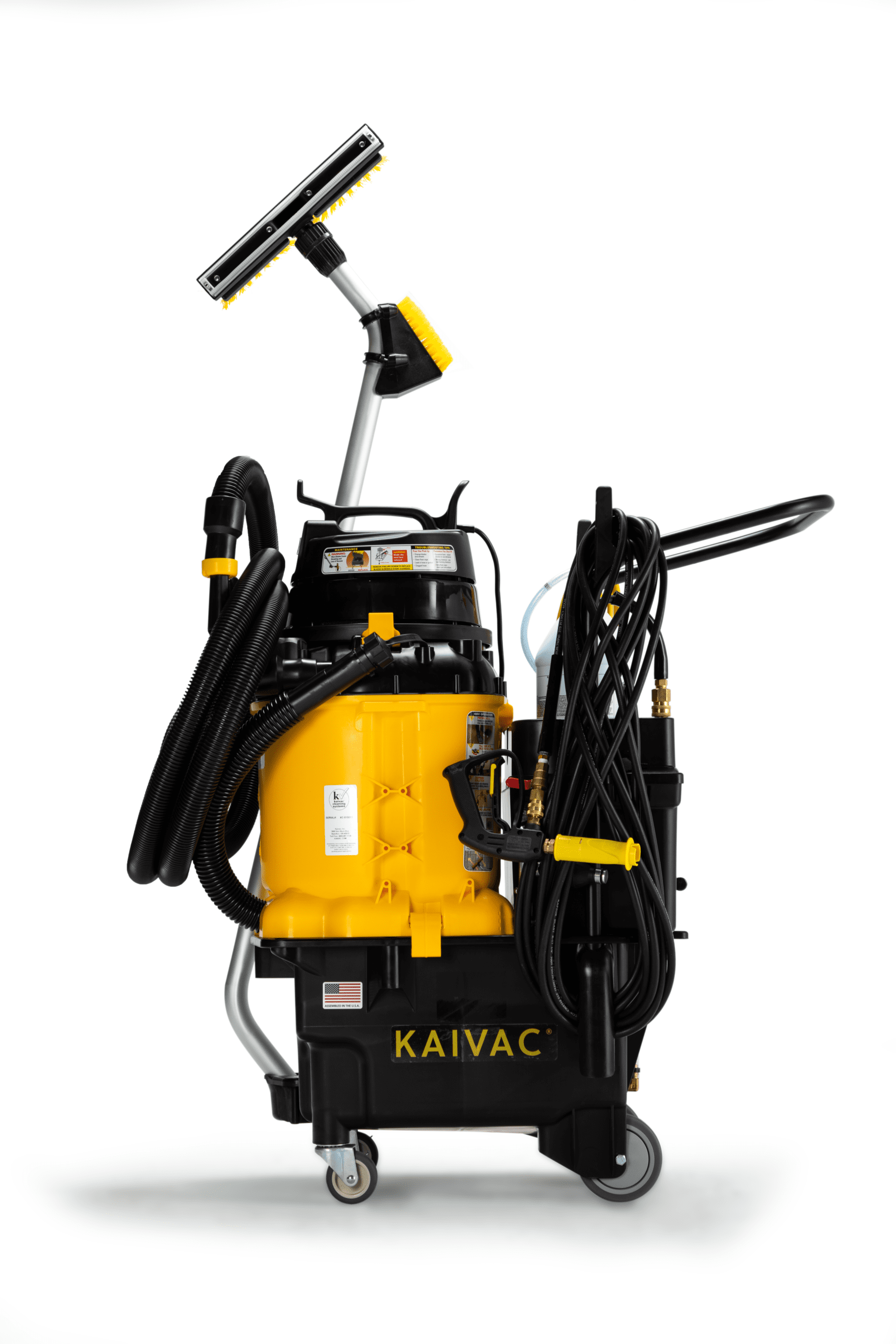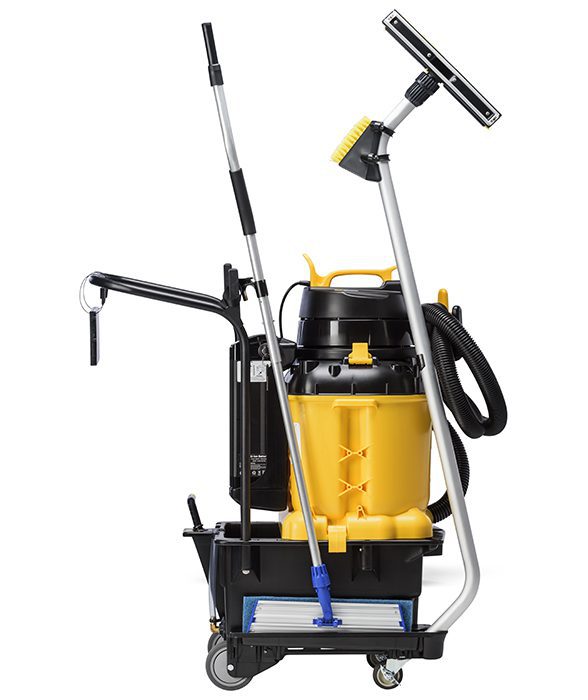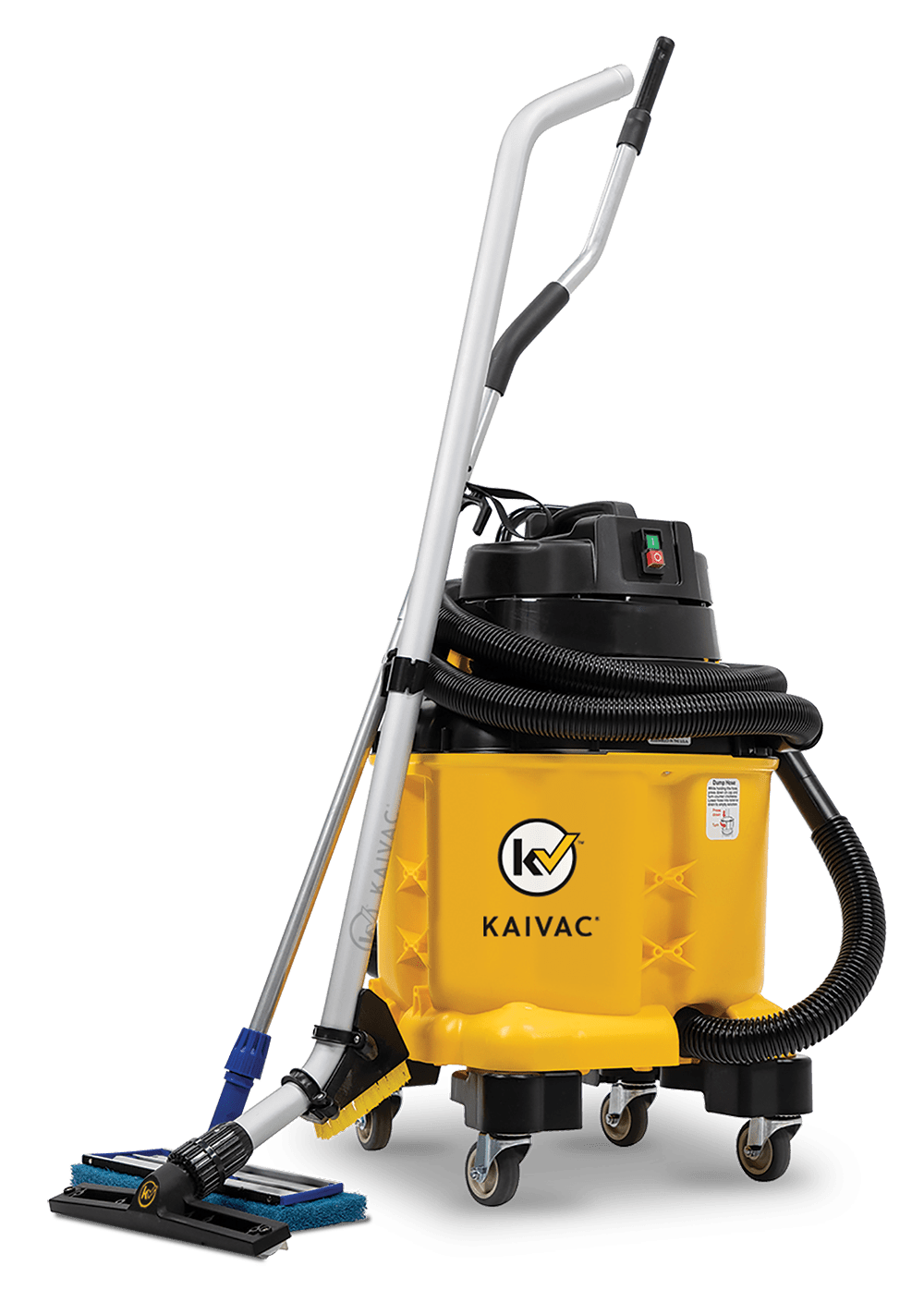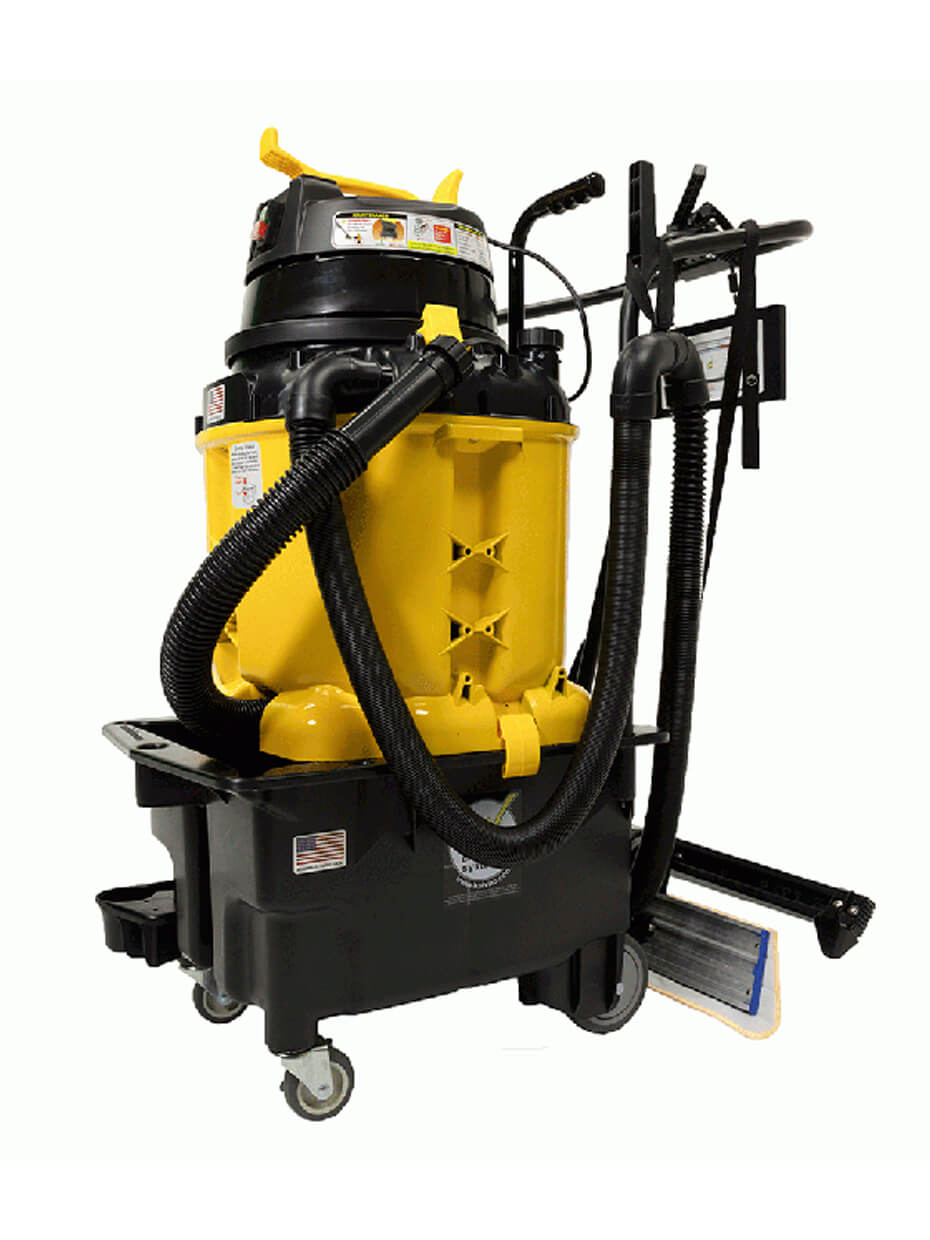Running a restaurant is hard work, but there are commercial kitchen cleaning hacks that can lighten the load. Maintaining your food service kitchen is an obvious priority. After all, an outright dirty restaurant will kill business quickly, but a disorganized, poorly cleaned one will have the same result.
Keep your customers happy and employees healthy by following some simple commercial kitchen cleaning protocols.
Restaurant Industry Statistics Point to Growth
The National Restaurant Association (NRA) reports that there are over 1 million restaurant locations in the US today; a number that promises to grow. Industry sales reached $799 billion at the end of 2017–up 4.3% from the year before. This follows a long-standing trend of Americans eating out more. In 1955, our parents spent only 25% of their food dollars on restaurant foods and drinks. Today we spend about 48% of our food dollars on eating out and that number also continues to climb.
Importance of Cleanliness in Restaurants
While the statistics look good for the restaurant business, an unclean facility is a surefire way to derail success. “… cleanliness is an important component of the consumer experience,” says Randy Wahl, senior vice president of M/A/R/C in an article published in QSR Magazine. “This has a direct impact on the amount of spending a retailer can capture”
Customers will not only avoid restaurants that look unclean or smell less than fresh, they will post their opinions on Facebook, Twitter and Yelp. This kind of social sharing spreads fast and can ruin a reputation quickly. Add in a failed health inspection and your business is in real trouble.
Trip Hazard: A Big Restaurant Risk
While food safety is the primary driver in commercial kitchen cleaning, there are other reasons to keep your kitchen clean. Greasy or wet floors can lead to costly slip and fall accidents. Disorganized storage areas are not only tripping hazards, they can lead to lost or spoiled inventory. Poorly maintained rubber mats can also trip up employees.
More than three million food service workers have a slip and fall accident every year. This costs the food service industry more than $2 billion annually. Numbers like these should help prioritize cleaning for safety.
Restaurant Cleaning Challenges
Face it, restaurants are busy places and regular cleaning can feel overwhelming, particularly when different areas require different approaches. For instance, cleaning a greasy floor may be more complicated than cleaning the walk-in refrigerator. However, both tasks are important.
The problem is compounded by young, hourly employees who are not motivated to take on the tough jobs or employees who may not understand the task fully because of language barriers. Devoting training time to cleaning may seem un-economic due to rapid employee turnover. But training your employees to work in a safe, sanitary manor will prevent costly mistakes down the road.
Restaurant Cleaning Checklist: A Map to Clean
Because of a restaurant kitchen’s size and complexity, a checklist is a necessity. There are downloadable PDF’s that employees can check off when each task is complete. They divide the work between daily, weekly and monthly tasks.
Daily:
- Wipe down walls
- Clean the grill, griddle, range, flattop and fryer. Don’t forget the underside!
- Change foil lining on top of ranges, grills and flattops.
- Wipe down other equipment: coffee makers, microwaves, toasters and slicers.
- Disinfect prep area surfaces.
- Clean beverage dispenser heads and soda guns.
- Clean sinks.
- Wash rags, towels, aprons and uniforms in a washing machine.
- Sweep walk-in refrigerators and other storage.
- Disinfect waste disposal areas and trash cans.
- Clean floors.
Weekly:
- Clean oven walls, door and racks.
- Delime sinks and faucets
- Boil out deep fryer
- Wash and sanitize walk-in refrigerator and freezer
- Clean floor drain
Monthly:
- Wash behind the hot line
- Run cleaning chemicals through coffee machines
- Clean and sanitize the ice machine.
- Clean and sanitize freezer.
- Clean refrigerator coils.
- Empty grease traps.
- Wash walls and ceilings to remove grease buildup.
- Wash vent hoods.
Cleaning Restaurant Kitchen Floors the Right Way
Cleaning checklists will have you “sweep and mop” your kitchen floor, but the task is not as simple as it sounds. After sweeping you must remove all accumulated grease or your floor will remain a slippery safety hazard. Trying to do that with a traditional bucket and mop not only leaves the grease in place, it will spread it around to other parts of your facility.
Grease removal requires the right chemicals, the right approach and patience. A properly diluted degreaser needs time to emulsify (dissolve) grease, soils, and oil to be effective. Read directions carefully and dilute the chemicals as directed. Apply to the floors and let dwell accordingly. Once ready, use a deck brush to loosen soils.
Grease can never be fully removed if your protocol includes a mop and bucket. Instead the mop leaves a layer of dirt, grease and chemical residue behind. These dried soils coat the floor, soak into grout lines and leave your floor slippery and unsanitary.
Newer technologies can fully remove grease and other contaminants from your facility. They are faster and easier to use than a traditional mop and bucket, saving time and effort. And training is easy so employees can start cleaning completely right away.
Explore Kaivac Kitchen Cleaning to clean commercial kitchens better and faster.
